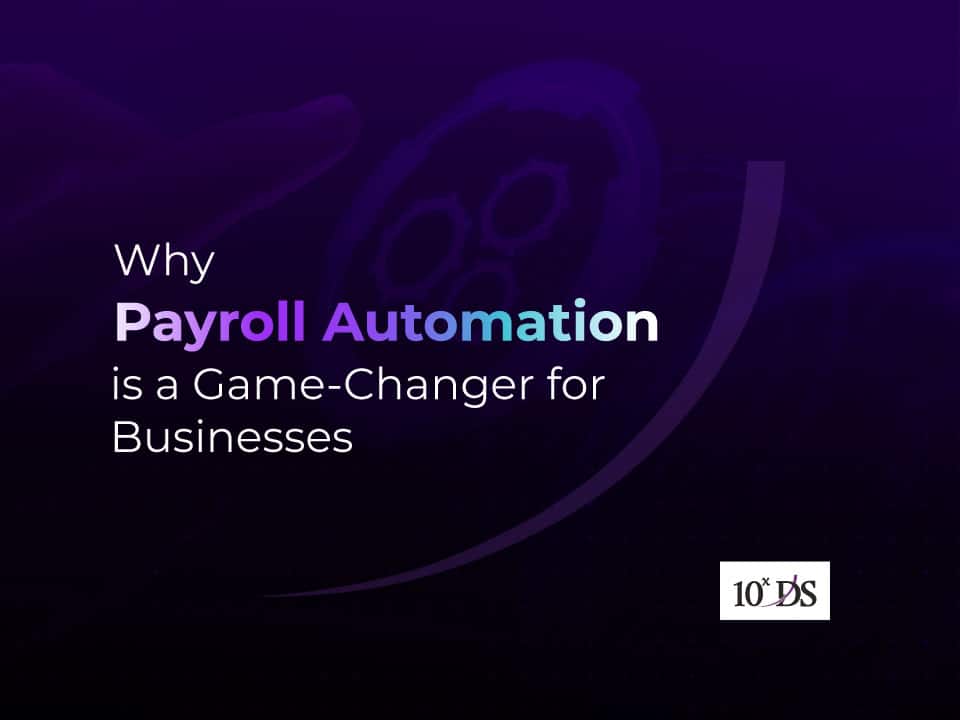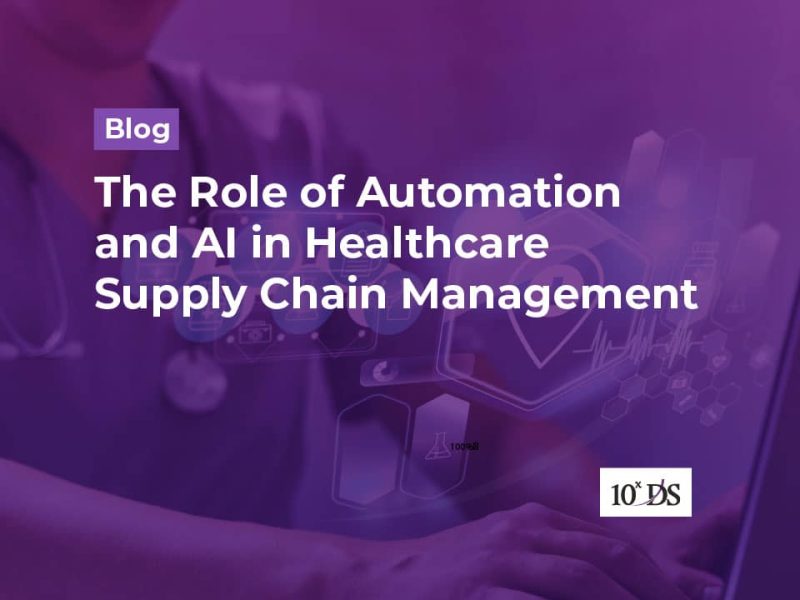
Why Payroll Automation is a Game-Changer for Businesses
The payroll process is a critical function of any organization that involves the calculation and distribution of employee salaries, bonuses, and other compensation. The process usually involves collecting employee information from HR databases. This includes their names, addresses, Social Security numbers, tax information, and other relevant data. Employers also need to track the number of hours worked by their employees. This information can be collected manually or through time-tracking software. Once the hours worked are recorded, the employer can calculate the employee’s gross pay, which is the total amount earned before deductions such as federal, state, and local taxes, Social Security, Medicare, etc. The employer can then issue paychecks to their employees or deposit the net pay directly into their bank accounts. Employers need to keep accurate records of payroll information, including employee information, hours worked, gross pay, deductions, taxes paid, and other information, for compliance and auditing purposes. Employers also must report payroll information to government agencies, such as the Internal Revenue Service (IRS) and state tax departments. Overall, the payroll process is a complex and critical function that requires careful attention to detail and compliance with various laws and regulations.
The payroll process can be complex, and there are several challenges that organizations face in managing their payroll effectively. Some of the major challenges are:
1. Compliance
One of the most significant challenges in payroll processing is compliance with various laws and regulations. Organizations must comply with federal, state, and local laws related to payroll, taxes, and benefits. Non-compliance can result in penalties and legal issues.
2. Changing regulations
Payroll regulations and laws can change frequently, making it challenging for organizations to keep up with the latest rules and regulations.
3. Data Accuracy
The payroll process involves handling sensitive and confidential employee data. Errors in data entry, calculations, or processing can lead to incorrect payments, compliance issues, and other problems.
4. Time constraints
The payroll process has strict deadlines, such as tax filing deadlines and pay period deadlines, which can be challenging to meet, especially if the organization has a large number of employees and multiple office locations.
5. System Integration
Payroll processing often involves integration with other systems, such as time and attendance, benefits, and accounting systems. Integrating these systems can be challenging, and any errors or discrepancies can affect the accuracy of payroll processing.
6. Employee inquiries
Employees may have questions or concerns about their pay, taxes, benefits, or other payroll-related issues. Handling employee inquiries can be time-consuming and can distract payroll staff from their primary responsibilities.
Organizations need to address these challenges proactively to ensure accurate and compliant payroll processing. Automated time and attendance tracking systems, payroll software, direct bank deposits, employee self-service portals, etc. are being used by organizations in order to keep up with the pressure of handling this process accurately and timely. However, these are not proving to be sufficient for the complex payroll process. Hence, many organizations are adopting intelligent automation using software-based BOTs.
The software bots are programmed to perform specific tasks and interact with various systems to complete the payroll process.
- Data extraction: The first step is to extract relevant data from various sources, such as time and attendance systems, HR databases, and other systems. This data can include employee information, hours worked, pay rates, benefits, and tax information.
- Data processing: Once the data is extracted, the software bots can perform various calculations, such as gross pay, taxes, deductions, and net pay.
- Tax filing: Payroll software bots can also handle tax filing and compliance requirements, such as calculating and remitting payroll taxes, generating tax forms, and staying up-to-date with tax regulations.
- Payroll distribution: Once the calculations are complete, the software bots can generate paychecks or initiate direct deposit transactions, ensuring that employees are paid accurately and on time.
- Reporting and analytics: Payroll software bots can also generate reports and analytics that provide insight into payroll trends and patterns, helping organizations make more informed decisions.
Payroll automation offers several benefits to organizations
- Automating the payroll process can reduce the likelihood of errors and miscalculations, ensuring that employees are paid accurately and on time.
- Automation of payroll can help organizations comply with various laws and regulations related to payroll, taxes, and benefits. Compliance can reduce the risk of fines, penalties, and legal issues.
- Payroll automation can help organizations save money by reducing the need for manual labor, streamlining processes, and reducing the likelihood of errors and rework.
- Automation can save significant amounts of time by reducing the need for manual data entry and calculations, allowing payroll staff to focus on more strategic tasks.
- Employees can benefit from payroll automation by receiving accurate and timely payments and having access to self-service portals to view their pay stubs, manage their time-off requests, and update their personal information.
- Automation can provide better visibility into payroll data, allowing organizations to make more informed decisions about staffing, compensation, and benefits.
Conclusion
Payroll automation has indisputable advantages, and businesses that use it may profit from a more effective, accurate, and compliant payroll process. The payroll process for the organisation is made more effective and simplified, freeing the HR team to concentrate on other important activities.
Talk to our experts to know more!


